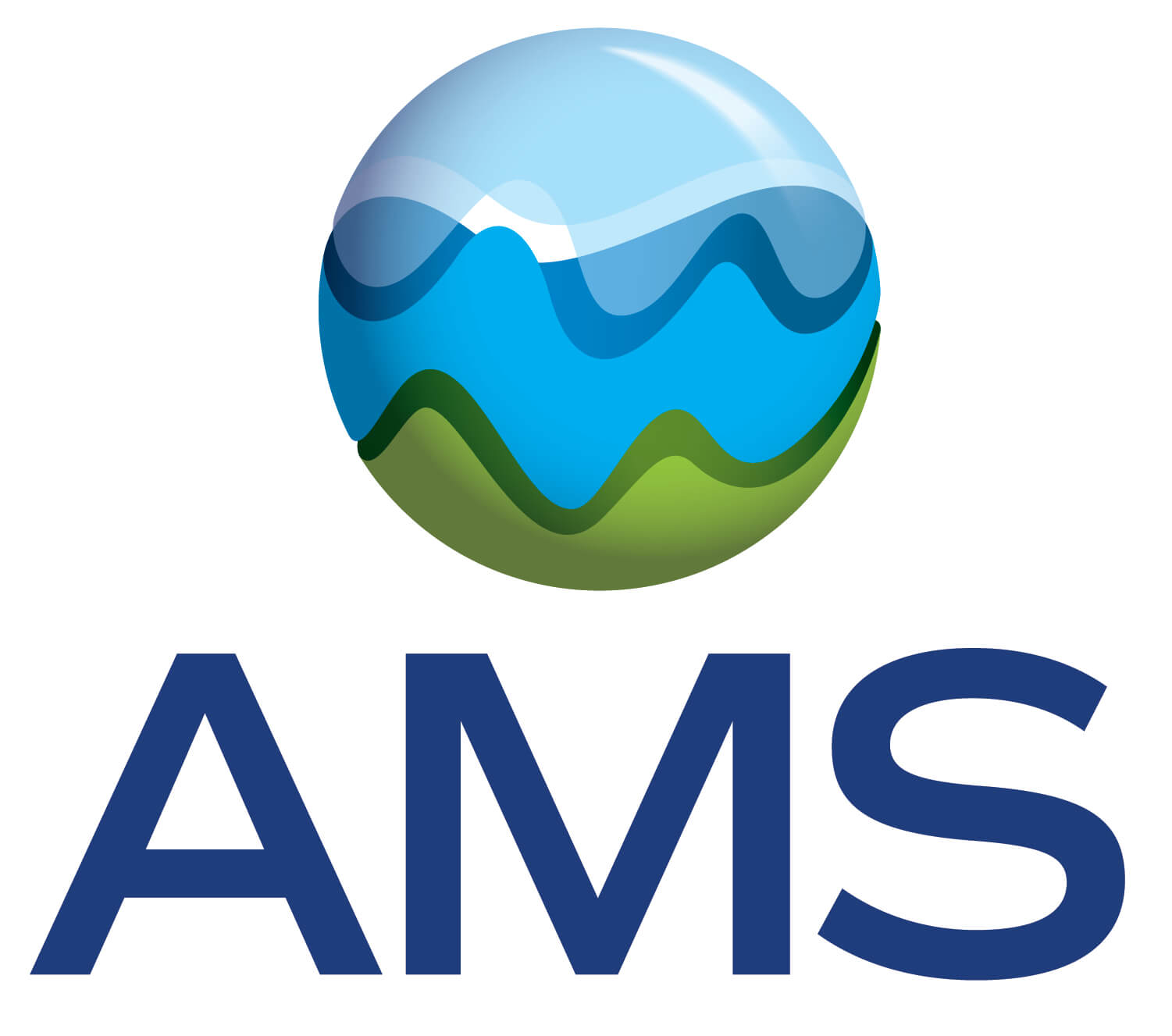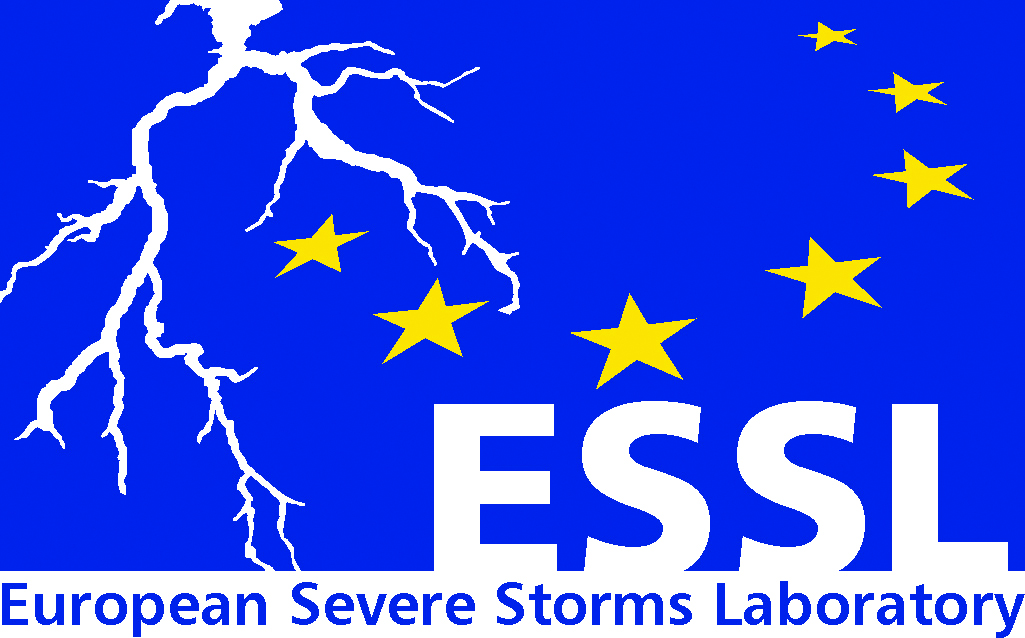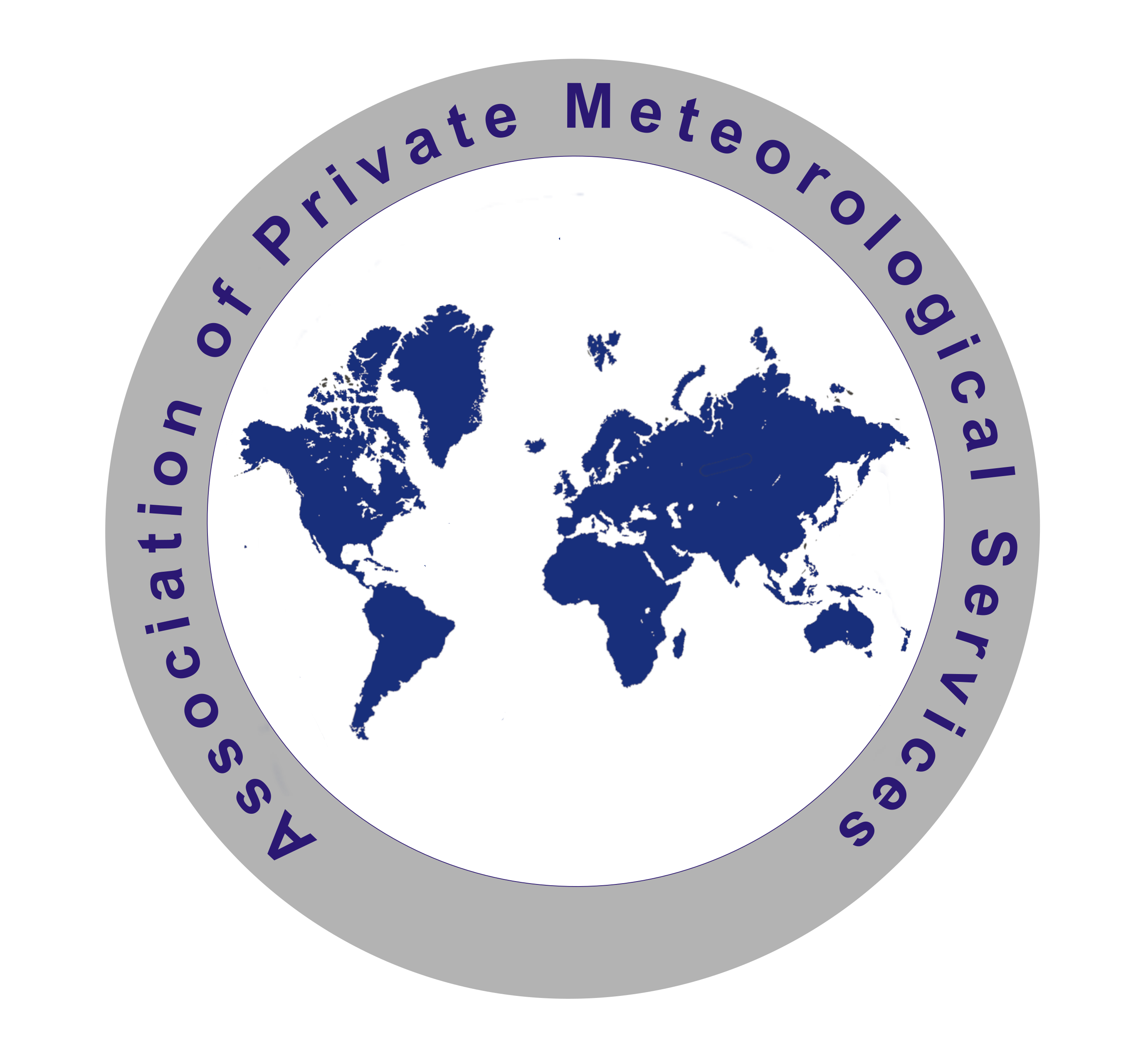We invite contributions on theoretical developments of classification methods as well as on their use in various tasks of atmospheric sciences, such as climate zonation, identification and analysis of circulation and weather types, and synoptic catalogues. Climatological, meteorological, and environmental applications of circulation classifications are particularly welcome.
The session will also include presentations on statistical (empirical) downscaling as a tool for evaluation and reconstruction of historical climate, gap filling in time series, analysis of extremes and non-climatic variables. Also intercomparisons among downscaling methods and their validation belong to this session.
Contributions on teleconnections (modes of low-frequency variability) and circulation regimes are expected to cover particularly their impacts on surface weather, climate, and environment.
The contributions on climatology of cyclones and other pressure formations will include analyses of cyclone tracks, life time and intensity of cyclones, as well as analyses of anticyclones and blockings. We also invite studies on impacts of the pressure formations on the environment and society, their relationships with large scale circulation patterns, as well as analyses of their recent trends and behavior in possible future climates.
Cyclones, anticyclones & fronts
09:00–09:15
|
EMS2024-869
|
Onsite presentation
09:30–09:45
|
EMS2024-147
|
Onsite presentation
09:45–10:00
|
EMS2024-521
|
Onsite presentation
10:00–10:15
|
EMS2024-695
|
Onsite presentation
10:15–10:30
|
EMS2024-704
|
Onsite presentation
Coffee break
Chairperson: Radan Huth
Large scale: Weather regimes & ENSO
11:00–11:30
|
EMS2024-993
|
solicited
|
Onsite presentation
A New Year-Round Weather Regime Classification for North America
(withdrawn)
11:30–12:00
|
EMS2024-1006
|
solicited
|
Onsite presentation
12:00–12:15
|
EMS2024-32
|
Online presentation
ENSO impacts on summer monsoon seasonal aggregate and daily rainfall characteristics in southern Africa
(withdrawn after no-show)
Downscaling
12:15–12:30
|
EMS2024-149
|
Onsite presentation
12:30–12:45
|
EMS2024-650
|
Onsite presentation
12:45–13:00
Poster pitches
Lunch break
Chairperson: Rasmus Benestad
Circulation patterns & classifications
14:00–14:15
|
EMS2024-274
|
Onsite presentation
14:15–14:30
|
EMS2024-197
|
Onsite presentation
14:30–14:45
|
EMS2024-1145
|
Presentation form not yet defined
15:00–15:15
|
EMS2024-834
|
Onsite presentation
15:15–15:30
|
EMS2024-746
|
Onsite presentation
15:30–15:45
Discussion















